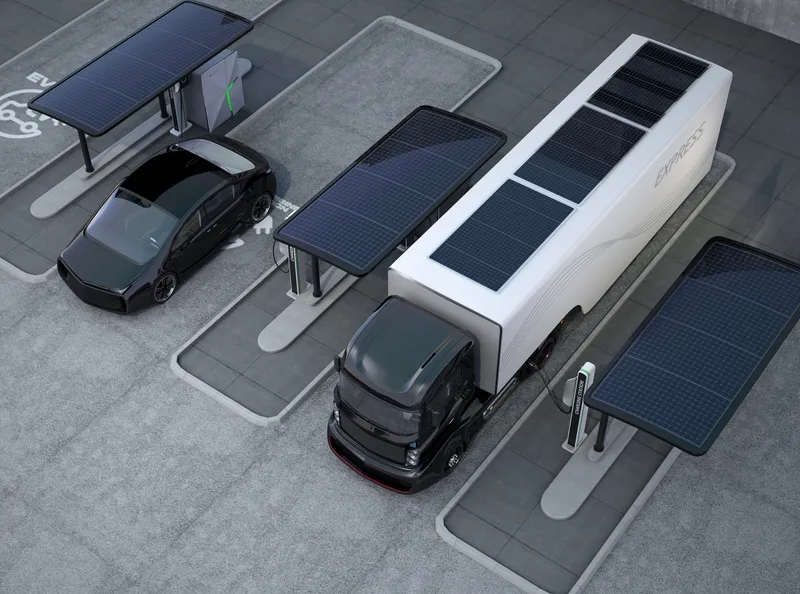FedEx Express says it has made significant progress towards its goal to make its vehicle fleet 20 per cent more fuel efficient by 2020, and announced that its vehicle fleet is now 16.6 per cent more fuel efficient through FY2011 than it was in 2005. Twenty per cent of the FedEx Express diesel vehicle pickup and delivery fleet has already been converted to more efficient and cleaner emission models that comply with 2010 US Environmental Protection Agency diesel emission standards.
May 17, 2012
Read time: 2 mins
RSS756 FedEx Express says it has made significant progress towards its goal to make its vehicle fleet 20 per cent more fuel efficient by 2020, and announced that its vehicle fleet is now 16.6 per cent more fuel efficient through FY2011 than it was in 2005. Twenty per cent of the FedEx Express diesel vehicle pickup and delivery fleet has already been converted to more efficient and cleaner emission models that comply with 2010 US 1999 Environmental Protection Agency diesel emission standards.
“Although we are less than halfway to the end date we set for ourselves, we have achieved 80 per cent of our vehicle fuel efficiency goal as of the conclusion of fiscal year 2011, compared to our original baseline set in 2005,” said Mitch Jackson, staff vice president of environmental affairs and sustainability, FedEx Corporation. “As a result, we are re-evaluating our 2020 goal to potentially raise the standard we originally set out to achieve.”
The company says its significant progress is the result of a number of initiatives including acceleration of its efforts in fuel conservation through the purchase of vehicles with right-sized engines like the Sprinter vans manufactured by Mercedes-Benz. By the end of FY13, FedEx will have more than 11,000 such vehicles in service, more than 35 per cent of its US pick-up and delivery fleet. Each Sprinter-type van is about 70 to 100 per cent more fuel-efficient than the original truck it replaces. The company will shortly add another 87 all-electric trucks to its green fleet bringing the count to 130, and has added 114 Reach composite-body trucks manufactured from advanced materials by Utilimaster on an Isuzu Motors chassis with an appropriately-sized engine. The lower weight design, along with the engine, is expected to save up to 35 per cent in fuel over most conventional walk-in vans.
“Although we are less than halfway to the end date we set for ourselves, we have achieved 80 per cent of our vehicle fuel efficiency goal as of the conclusion of fiscal year 2011, compared to our original baseline set in 2005,” said Mitch Jackson, staff vice president of environmental affairs and sustainability, FedEx Corporation. “As a result, we are re-evaluating our 2020 goal to potentially raise the standard we originally set out to achieve.”
The company says its significant progress is the result of a number of initiatives including acceleration of its efforts in fuel conservation through the purchase of vehicles with right-sized engines like the Sprinter vans manufactured by Mercedes-Benz. By the end of FY13, FedEx will have more than 11,000 such vehicles in service, more than 35 per cent of its US pick-up and delivery fleet. Each Sprinter-type van is about 70 to 100 per cent more fuel-efficient than the original truck it replaces. The company will shortly add another 87 all-electric trucks to its green fleet bringing the count to 130, and has added 114 Reach composite-body trucks manufactured from advanced materials by Utilimaster on an Isuzu Motors chassis with an appropriately-sized engine. The lower weight design, along with the engine, is expected to save up to 35 per cent in fuel over most conventional walk-in vans.








